Home>Home Maintenance>How Does A General Ventilation System Work
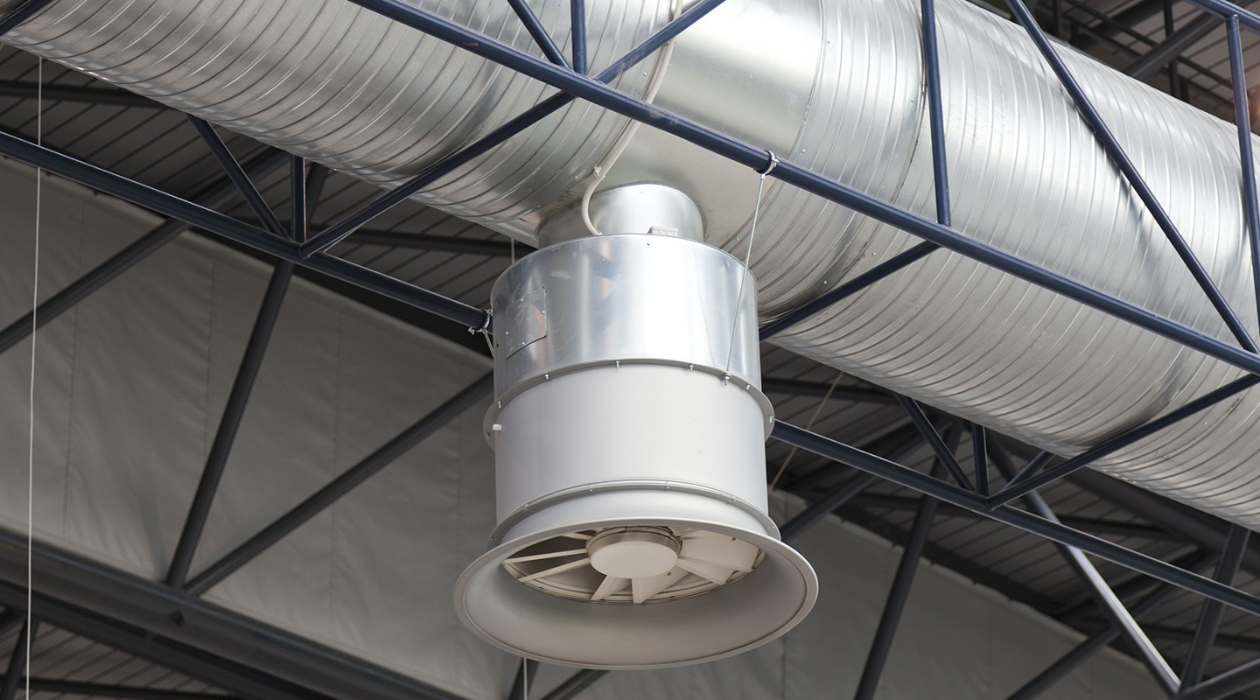

Home Maintenance
How Does A General Ventilation System Work
Modified: October 20, 2024
Find out how a general ventilation system works to improve air quality in your home. Learn the importance of home maintenance for a healthier living environment.
(Many of the links in this article redirect to a specific reviewed product. Your purchase of these products through affiliate links helps to generate commission for Storables.com, at no extra cost. Learn more)
Introduction
A general ventilation system plays a crucial role in maintaining a comfortable and healthy environment in our homes. It is an integral part of the HVAC (Heating, Ventilation, and Air Conditioning) system and ensures proper air circulation throughout the house. Whether it’s removing stale air, controlling humidity levels, or eliminating pollutants, a well-designed ventilation system is essential for maintaining indoor air quality.
In this article, we will explore how a general ventilation system works and its importance in maintaining a safe and healthy home. We will delve into the components of a general ventilation system, discuss the various functions they perform, and highlight the benefits of having such a system in place.
So, let’s dive in and discover how a general ventilation system keeps our homes fresh and breathable!
Key Takeaways:
- A general ventilation system ensures fresh, clean air in your home by removing pollutants, controlling humidity, and regulating temperature. It promotes a healthier and more comfortable living environment for you and your family.
- Components like air intake, filtration, distribution, exhaust, and monitoring systems work together to maintain optimal indoor air quality. Regular maintenance and cleaning are essential to enjoy the full benefits of a well-designed ventilation system.
Read more: How Does A Ductless Range Hood Work?
Purpose of a General Ventilation System
The primary purpose of a general ventilation system is to ensure the proper exchange of indoor and outdoor air in a home. It helps to remove stale and polluted air and replace it with fresh outdoor air, providing a healthier living environment for occupants.
One of the crucial functions of a general ventilation system is the removal of contaminants and pollutants from the indoor air. These contaminants can include dust, allergens, chemicals, odors, and airborne pathogens. By continuously circulating the air, the ventilation system helps to dilute and remove these pollutants, reducing the risk of respiratory problems and allergies.
In addition to improving indoor air quality, a general ventilation system also plays a significant role in regulating humidity levels. Excessive humidity can lead to the growth of mold, mildew, and other moisture-related issues. The ventilation system helps to control and balance the humidity, preventing these problems and maintaining a comfortable living environment.
Furthermore, a well-functioning ventilation system assists in maintaining proper temperature levels within the home. By allowing warm air to be removed during the summer months and preventing cold air from infiltrating during winter, the system helps to keep the indoor temperature comfortable and consistent throughout the year.
Another important purpose of a general ventilation system is to prevent the buildup of stale and stagnant air. Without proper ventilation, indoor air can become stagnant, resulting in unpleasant odors and a stuffy atmosphere. The ventilation system ensures a constant flow of fresh air, keeping the environment fresh and inviting for the occupants.
Overall, the purpose of a general ventilation system is to maintain a healthy, comfortable, and pleasant indoor environment by removing contaminants, regulating humidity, and promoting proper air circulation.
Components of a General Ventilation System
A general ventilation system consists of several key components that work together to ensure proper air circulation and ventilation throughout a home. Let’s explore each of these components:
- Air Intake: The air intake is the starting point of the ventilation system. It is responsible for bringing in fresh outdoor air into the system. This can be achieved through vents, windows, or dedicated air intakes located on the exterior of the house. The air intake component is designed to filter out large particles, such as dust and debris, to ensure the incoming air is clean and free from pollutants.
- Air Filtration: After the air is drawn into the ventilation system, it passes through air filters. These filters are designed to capture smaller particles, such as pollen, pet dander, and volatile organic compounds (VOCs). High-quality air filters help improve indoor air quality by trapping these pollutants and preventing them from circulating back into the living spaces.
- Air Distribution: Once the air has been filtered, it is distributed throughout the home using a network of ducts or air vents. The distribution system ensures that the fresh air reaches all areas of the house, including bedrooms, living rooms, and common areas. Properly designed ductwork and vent placement are crucial for an efficient and effective distribution of air.
- Air Exhaust: Alongside the air intake, the ventilation system also incorporates an air exhaust system. The air exhaust component is responsible for removing stale air, excess moisture, and indoor pollutants from the house. This can be achieved through exhaust fans installed in kitchens, bathrooms, and utility rooms. The exhaust fans help to expel air to the outside, promoting a continuous flow of fresh air into the home.
- Controls and Monitoring Systems: Modern ventilation systems often come equipped with controls and monitoring systems that allow homeowners to regulate and monitor the ventilation process. These systems may include timers, thermostats, humidity sensors, and CO2 detectors. They enable users to adjust ventilation settings based on individual needs and preferences, ensuring optimal indoor air quality and energy efficiency.
These components work in harmony to create an efficient, balanced, and reliable general ventilation system, offering both functionality and comfort to the occupants. It is important to ensure regular maintenance and cleaning of these components to keep the ventilation system operating at its best.
Air Intake
The air intake is a vital component of a general ventilation system as it is responsible for bringing in fresh outdoor air into the system. A proper air intake ensures that the ventilation system has a constant flow of clean and oxygen-rich air to circulate throughout the home.
The location of the air intake is crucial for optimal ventilation. It is typically placed in an area that has good air quality, away from sources of pollutants such as busy roads or industrial areas. The intake can be through vents, windows, or dedicated air intake openings on the exterior of the house.
The air intake component often includes a filter that helps to remove larger particles such as dust and debris from the incoming air. This filter is referred to as a pre-filter or intake filter. Its purpose is to protect the ventilation system from debris and prevent it from accumulating inside the system. Regular maintenance and cleaning of the pre-filter are necessary to ensure efficient airflow and prevent blockages.
The air intake system may also include a damper to control the volume of air entering the ventilation system. The damper can be manually adjusted or controlled automatically based on the indoor air quality or outdoor temperature. This feature allows homeowners to regulate the amount of outside air coming into the system, optimizing energy efficiency and maintaining a comfortable indoor environment.
Proper positioning of the air intake is crucial to avoid recirculating indoor air or drawing in polluted air. If the air intake is situated too close to exhaust vents or high-traffic areas, it can unintentionally bring in contaminants or create an imbalance in air pressure within the home. It is important to consult a professional or follow manufacturer guidelines to ensure the correct placement of the air intake to avoid any potential issues.
The air intake component of a general ventilation system plays a critical role in providing fresh and clean air for optimal indoor air quality. It is important to regularly inspect and maintain the air intake to ensure unrestricted airflow and efficient operation of the ventilation system. By doing so, homeowners can enjoy a healthier and more comfortable living environment.
Air Filtration
Air filtration is a crucial component of a general ventilation system as it helps to improve indoor air quality by capturing and removing airborne particles and pollutants. The purpose of air filtration is to ensure that the circulated air is clean and free from contaminants, providing a healthier and more comfortable living environment.
The air filtration process begins after the air is drawn into the ventilation system through the air intake. The air passes through filters designed to remove various types of pollutants, including dust, pollen, pet dander, mold spores, and volatile organic compounds (VOCs). These filters are often referred to as HVAC filters or air filters.
There are different types of filters available, ranging from basic filters to more advanced and specialized ones. The most common types include fiberglass filters, polyester filters, pleated filters, and high-efficiency particulate air (HEPA) filters. Each type of filter has its own efficiency in capturing different sizes of particles.
It is important to choose the right filter based on the specific needs of your home. The filter’s efficiency is measured by its MERV (Minimum Efficiency Reporting Value) rating. Higher MERV ratings indicate a higher level of filtration efficiency. However, it is essential to balance filtration efficiency with the airflow capacity of the ventilation system to prevent restrictions in airflow.
Regular maintenance and replacement of air filters are necessary to ensure their effectiveness. Clogged or dirty filters can hinder airflow, reduce the filtration capabilities, and strain the ventilation system. Experts recommend replacing filters every few months, but actual frequency depends on factors such as the type of filter, the air quality, and the number of occupants in the home.
In addition to improving indoor air quality, air filtration also plays a role in protecting the components of the ventilation system. Dust and debris that are captured by the filters would otherwise accumulate inside the system, leading to potential performance issues and reduced lifespan. Clean filters help to maintain the efficiency and longevity of the ventilation system.
It is important to note that while air filtration helps to remove many common pollutants, it may not be effective against certain gases, odors, or microscopic particles. In such cases, additional air treatment methods, such as activated carbon filters or air purifiers, may be necessary to address specific concerns.
Air filtration is an integral part of a general ventilation system, promoting better indoor air quality and a healthier living environment. By choosing the right filters, performing regular maintenance, and ensuring proper airflow, homeowners can enjoy the benefits of clean and purified air in their homes.
Read more: How Does Attic Ventilation Work
Air Distribution
Air distribution is a crucial component of a general ventilation system as it ensures that the fresh, filtered air is distributed evenly throughout the home. The purpose of air distribution is to provide a comfortable and consistent airflow in every room, promoting a healthy and balanced indoor environment.
The process of air distribution begins once the filtered air exits the main ventilation system. It is then directed to various areas of the house through a network of ducts or air vents. The design and layout of the ductwork or vent system play a significant role in the efficiency and effectiveness of air distribution.
The ductwork, typically made of sheet metal or flexible plastic, carries the conditioned air from the main ventilation unit to individual rooms. The ducts are strategically placed in walls, floors, or ceilings to ensure optimal airflow and minimize obstructions. Proper insulation of the ductwork prevents heat gain or loss during air distribution, maintaining the desired temperature throughout the home.
Air vents, also known as registers or grilles, are located in each room to allow the conditioned air to enter. These vents can be adjusted to control the airflow and direction within each space. Adjustable vents give homeowners the flexibility to regulate the airflow based on individual preferences, ensuring comfort in different areas of the home.
It is important to have the right balance between supply vents and return vents for efficient air distribution. Supply vents provide the air to the rooms, while return vents collect the stale air and return it to the ventilation system for further filtration and treatment. A proper balance ensures an adequate exchange of air and prevents pressure imbalances within the home.
Correctly sizing and positioning the vents is crucial to achieve the desired airflow in each room. Placement of vents near windows or doors can help mitigate hot or cold spots and improve temperature distribution. Consulting with a professional HVAC technician can ensure that the airflow and distribution system is properly designed and optimized for each specific home.
Regular cleaning and maintenance of air vents and ductwork are essential to prevent blockages and ensure optimal airflow. Over time, dust, debris, and even mold can accumulate in the ducts, hindering airflow and reducing the overall efficiency of the ventilation system.
In summary, air distribution is a vital component of a general ventilation system, ensuring that fresh, filtered air is evenly distributed throughout the home. Properly designed ductwork and strategically placed vents contribute to a comfortable and consistent airflow, promoting a healthy and balanced indoor environment for occupants to enjoy.
Make sure to regularly clean and replace the filters in your general ventilation system to ensure it is working efficiently and effectively. This will help to improve the air quality in your home or building.
Air Exhaust
The air exhaust component of a general ventilation system is responsible for removing stale air and pollutants from the home. It helps to create a continuous flow of fresh air by expelling indoor air to the outside, promoting proper ventilation and maintaining optimal indoor air quality.
Air exhaust is typically achieved through the use of exhaust fans strategically placed in key areas of the home, such as kitchens, bathrooms, and utility rooms. These fans extract air from these specific spaces, where moisture, odors, and pollutants tend to accumulate.
In the kitchen, exhaust fans remove cooking fumes, smoke, and odors produced during food preparation. They help to eliminate grease particles and prevent them from spreading throughout the house. Proper use of the kitchen exhaust fan can help maintain a cleaner and fresher indoor environment.
In bathrooms, exhaust fans play a crucial role in removing excess moisture from the air, which can lead to mold and mildew growth. They also remove odors and improve overall air quality in these spaces. Adequate ventilation in bathrooms is essential to prevent humidity-related issues and promote the longevity of fixtures, such as mirrors and cabinets.
Utility rooms, such as laundry rooms or basements, often contain appliances that emit moisture or other pollutants. An exhaust fan in these areas helps to remove these contaminants, preventing mold, musty odors, and potential health hazards.
Proper sizing and placement of exhaust fans are necessary for their effectiveness. The fan’s capacity should be appropriate for the size of the space to ensure efficient extraction of air. It is recommended to place exhaust fans near the source of pollutants or moisture for efficient removal.
Many modern exhaust fans come with features such as timers, humidity sensors, or automatic operation modes. These features help to optimize energy efficiency by running the fan only when needed. For example, humidity sensors can detect increased moisture levels and automatically activate the fan to reduce humidity and prevent mold growth.
Regular cleaning and maintenance of exhaust fans are essential to ensure their optimal performance. Accumulated dust and debris can hinder the fan’s ability to extract air effectively. It is advisable to clean the fan blades and check for any obstructions regularly.
By effectively removing stale air, moisture, and pollutants, the air exhaust component of a general ventilation system plays a crucial role in maintaining a healthy and pleasant indoor environment. Properly functioning exhaust fans ensure good air circulation and help to create a fresh and comfortable space for occupants to enjoy.
Controls and Monitoring Systems
The controls and monitoring systems in a general ventilation system provide homeowners with the ability to regulate and monitor the ventilation process. These systems offer convenience, energy efficiency, and improved indoor air quality by allowing users to customize the ventilation settings based on their preferences and the specific needs of their home.
One of the most common control features in modern ventilation systems is a timer. A timer allows users to schedule when the ventilation system operates, ensuring that ventilation occurs at specific times of the day or during periods when the home is occupied. This feature helps to conserve energy by avoiding unnecessary ventilation when it is not needed.
Thermostats are another essential control component that can be integrated into a ventilation system. With a thermostat, users can set the desired temperature for their home, and the system will automatically regulate the airflow and temperature to maintain the desired comfort level. This feature ensures energy efficiency by preventing excessive heating or cooling.
Humidity sensors can also be incorporated into the ventilation system’s controls. These sensors detect the level of moisture in the air and adjust the ventilation settings accordingly. By controlling humidity levels, homeowners can prevent the growth of mold and mildew and maintain a comfortable and healthy indoor environment.
In some ventilation systems, carbon dioxide (CO2) detectors are included as part of the monitoring system. These detectors measure the CO2 levels in the air and trigger the ventilation system to operate when the levels are above a certain threshold. This helps to ensure that fresh outdoor air is brought in to dilute and replace stale indoor air, providing better indoor air quality.
Smart or connected ventilation systems offer advanced controls and monitoring capabilities. These systems can be controlled remotely through smartphones or other smart devices. They provide real-time data on indoor air quality metrics, such as temperature, humidity, and air pollutants. Users can adjust ventilation settings on-the-go, monitor indoor air quality trends, and receive alerts when certain thresholds are exceeded.
Regular maintenance and calibration of control and monitoring systems are essential to ensure accurate readings and optimal performance. It is also important to keep the controls and monitoring systems up to date with the latest technology and firmware updates to take advantage of any new features or improvements.
The controls and monitoring systems in a general ventilation system empower homeowners to customize and optimize their indoor environment. With the ability to set timers, adjust temperature settings, monitor humidity levels, and receive real-time data, users can create a comfortable, energy-efficient, and healthy living space for themselves and their families.
Maintenance and Cleaning
Maintenance and cleaning are essential aspects of keeping a general ventilation system operating effectively and efficiently. Regular maintenance not only ensures optimal performance but also contributes to a healthier indoor environment. Here are some key maintenance and cleaning tasks to consider:
1. Air Filter Replacement: One of the most critical maintenance tasks is regularly replacing the air filters in your ventilation system. Depending on the type of filter and the manufacturer’s recommendations, filters should typically be replaced every few months. Clogged or dirty filters restrict airflow, reduce the system’s efficiency, and can lead to increased energy consumption. Clean filters also contribute to improved indoor air quality by removing dust, pollen, and other particles.
2. Duct Cleaning: Over time, dust, debris, and even mold can accumulate inside the ductwork. If not addressed, this buildup can hinder airflow and reduce the ventilation system’s overall effectiveness. Periodically cleaning the ducts by a professional can help remove these contaminants and maintain optimal airflow. Duct cleaning should be performed as needed, especially if there are signs of excessive dust, mold growth, or reduced airflow.
3. Inspection of Dampers and Vents: Regularly inspecting the dampers and vents within the ventilation system is important to ensure proper functioning. Dampers control the airflow and can become stuck or damaged over time. Clean or repair them as needed. Vents should also be periodically cleaned to remove any dust or debris that may impede airflow.
4. Fan Maintenance: The fans within the ventilation system should be inspected and cleaned periodically. Dust and dirt can accumulate on the blades, reducing their efficiency and potentially causing imbalances. Cleaning the fans helps to maintain optimal airflow and prevents strain on the system.
5. Control System Check: If your ventilation system has a control system or smart controls, it is important to regularly check and calibrate these components. Ensure that temperature sensors, humidity sensors, and other control devices are functioning correctly and providing accurate readings. Also, update any software or firmware as needed to take advantage of the latest features and improvements.
6. Professional Maintenance: While some maintenance tasks can be performed by homeowners, it is recommended to have a professional inspection and maintenance performed on your ventilation system at least once a year. A professional technician can thoroughly clean and inspect the system, identify any potential issues or inefficiencies, and ensure that all components are working correctly.
7. Regular Testing and Monitoring: Keep an eye on the performance of your ventilation system by regularly testing and monitoring its operation. Listen for any unusual noises, feel for proper airflow, and pay attention to any changes in indoor air quality. If you notice any problems or concerns, seek professional assistance to address them promptly.
By following a regular maintenance and cleaning routine, homeowners can ensure that their general ventilation systems operate at peak performance, maintain optimal airflow, and provide a cleaner and healthier indoor environment. Consult the manufacturer’s guidelines and instructions for specific maintenance recommendations for your system.
Benefits of a General Ventilation System
A general ventilation system offers numerous benefits to homeowners, contributing to a healthier, more comfortable, and energy-efficient living environment. Let’s explore some of the key advantages provided by a well-designed and properly maintained ventilation system:
1. Improved Indoor Air Quality: One of the most significant benefits of a general ventilation system is the improvement of indoor air quality. By continuously exchanging stale indoor air with fresh outdoor air, the system helps remove pollutants, allergens, and odors from the home. Proper filtration and ventilation reduce the risk of respiratory problems, allergies, and other health issues associated with poor air quality.
2. Mold and Moisture Control: Excessive moisture levels in a home can lead to the growth of mold, mildew, and other moisture-related issues. A ventilation system with proper air distribution and moisture control features helps reduce excess humidity, preventing the development of mold and protecting the integrity of the building materials. This contributes to a healthier living environment and helps prolong the lifespan of the home.
3. Temperature Regulation: A general ventilation system assists in regulating temperature levels inside the home. By allowing warm air to be removed during hot weather and preventing cold air from infiltrating during colder months, the system helps maintain a comfortable indoor temperature year-round. This reduces the reliance on heating and cooling systems and contributes to energy savings.
4. Odor and Pollutant Removal: Cooking odors, pet dander, cleaning chemicals, and other indoor pollutants can linger in a home, leading to unpleasant odors and potential health risks. A well-functioning ventilation system effectively removes these odors and pollutants, ensuring a fresher and healthier indoor environment for occupants.
5. Energy Efficiency: A properly designed and maintained ventilation system can contribute to improved energy efficiency in the home. By utilizing features such as timers, thermostats, and smart controls, homeowners can optimize when and how the ventilation system operates, reducing energy consumption and associated costs. Proper air distribution and balancing also help improve overall HVAC system efficiency.
6. Comfortable and Balanced Airflow: A general ventilation system ensures a comfortable and balanced airflow throughout the home. Even distribution of fresh air eliminates hot or cold spots, drafts, and stuffy areas, providing a more even and pleasant indoor environment for occupants.
7. Reduced Condensation and Air Stagnation: A well-ventilated home helps prevent condensation on windows, walls, and other surfaces. By controlling moisture levels and promoting air circulation, a ventilation system reduces the risk of mold growth, property damage, and structural issues. It also eliminates air stagnation, maintaining a fresh and inviting atmosphere.
8. Longevity of Building Components: Proper ventilation contributes to the longevity and durability of building components within the home. By preventing excessive moisture, humidity, and condensation, a ventilation system helps protect materials such as wood, drywall, and paint from damage caused by rot, warping, or mold growth.
Overall, a general ventilation system provides significant benefits to homeowners, including improved indoor air quality, mold and moisture control, temperature regulation, odor and pollutant removal, energy efficiency, comfortable airflow, reduced condensation, and the longevity of building components. Investing in a well-designed ventilation system and maintaining it properly ensures a healthier, more comfortable, and enjoyable living environment for years to come.
Conclusion
A general ventilation system plays a vital role in maintaining a comfortable, healthy, and energy-efficient living environment. By properly circulating and exchanging the air within a home, ventilation systems remove stale air, control moisture levels, filter out pollutants, and ensure a constant flow of fresh air. This article has explored the components of a general ventilation system, including air intake, air filtration, air distribution, air exhaust, controls, and monitoring systems.
From the air intake that brings in fresh outdoor air to the air exhaust that expels stale air and pollutants, each component plays a crucial role in maintaining optimal indoor air quality. Air filtration helps to remove contaminants and allergens, while air distribution ensures a balanced and comfortable airflow throughout the home. Controls and monitoring systems allow homeowners to customize and optimize ventilation settings based on their preferences and specific needs.
Regular maintenance and cleaning are essential to keep the ventilation system operating at its best. This includes replacing air filters, cleaning ducts, inspecting dampers and vents, maintaining fans, and calibrating control systems. By following a maintenance routine and consulting professionals as needed, homeowners can enjoy the full benefits of their ventilation system.
The advantages of a general ventilation system are significant. Improved indoor air quality, mold and moisture control, temperature regulation, odor and pollutant removal, energy efficiency, comfortable airflow, reduced condensation, and the longevity of building components are just a few of the benefits homeowners can experience. With a properly functioning ventilation system, occupants can breathe easier, enjoy a healthier indoor environment, and save on energy costs.
In conclusion, incorporating a general ventilation system into your home is a wise investment. It not only enhances your living environment but also contributes to your overall well-being and the longevity of your property. By understanding and maintaining the components of your ventilation system, you can create a comfortable and healthy home for you and your family to enjoy for years to come.
Frequently Asked Questions about How Does A General Ventilation System Work
Was this page helpful?
At Storables.com, we guarantee accurate and reliable information. Our content, validated by Expert Board Contributors, is crafted following stringent Editorial Policies. We're committed to providing you with well-researched, expert-backed insights for all your informational needs.
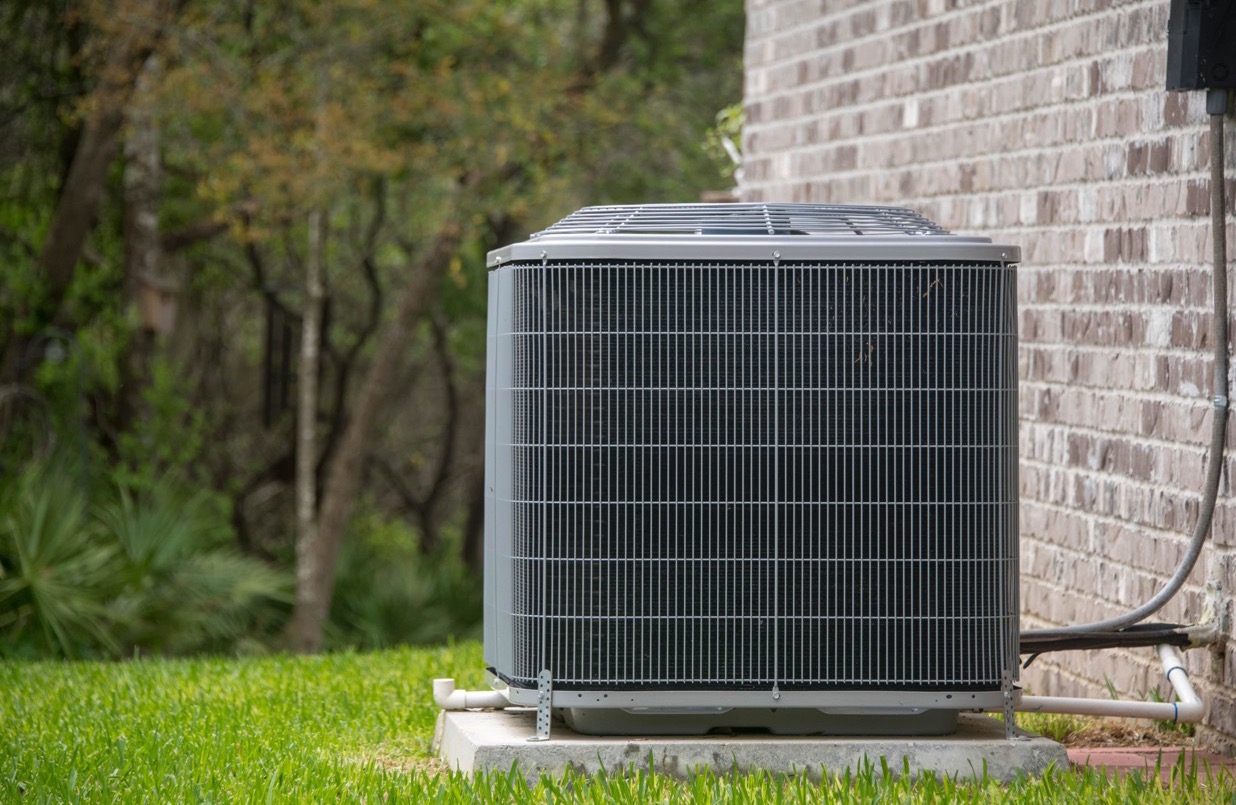
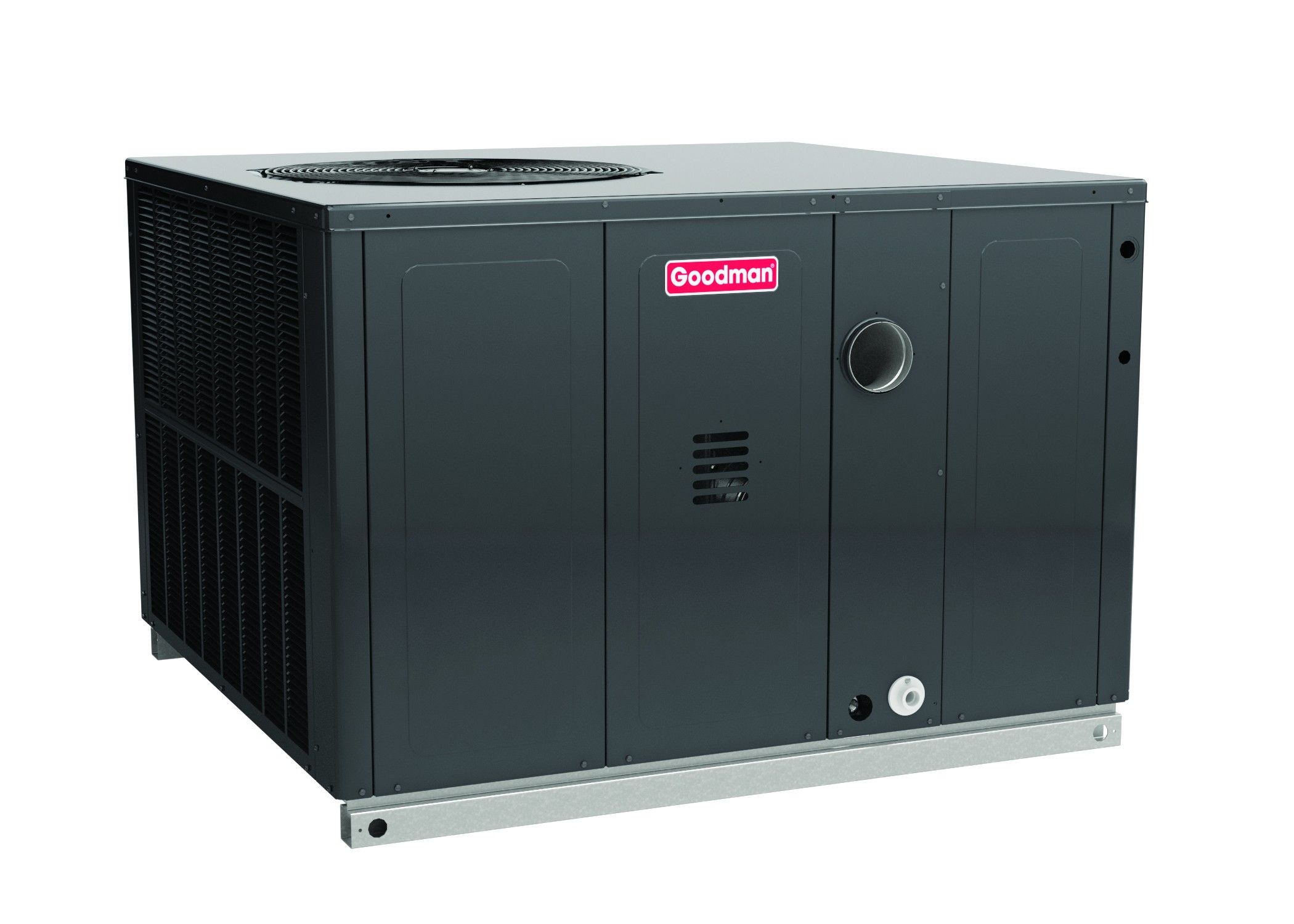
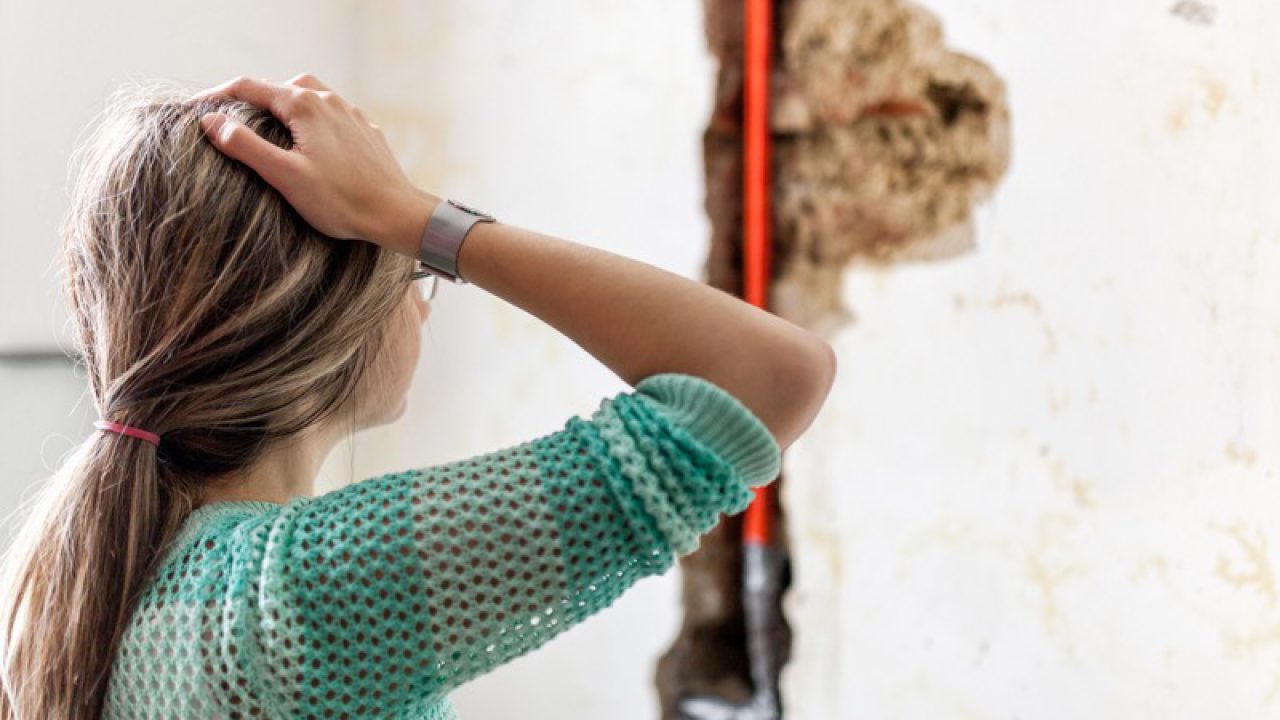
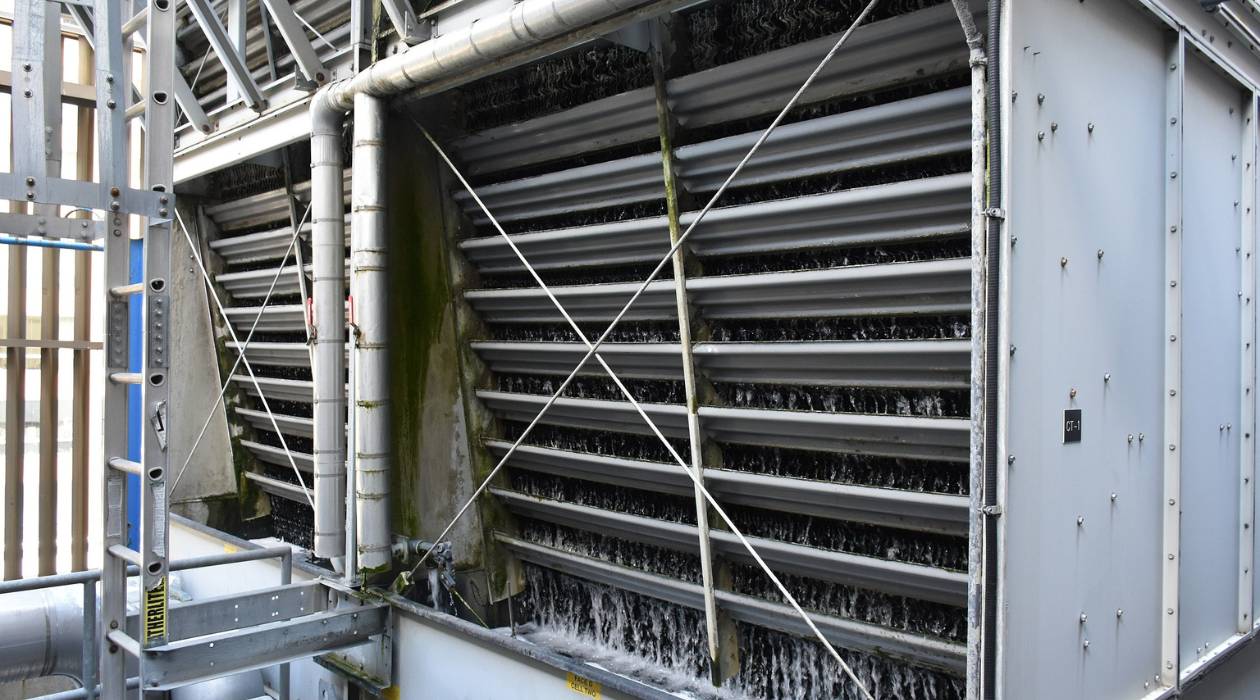
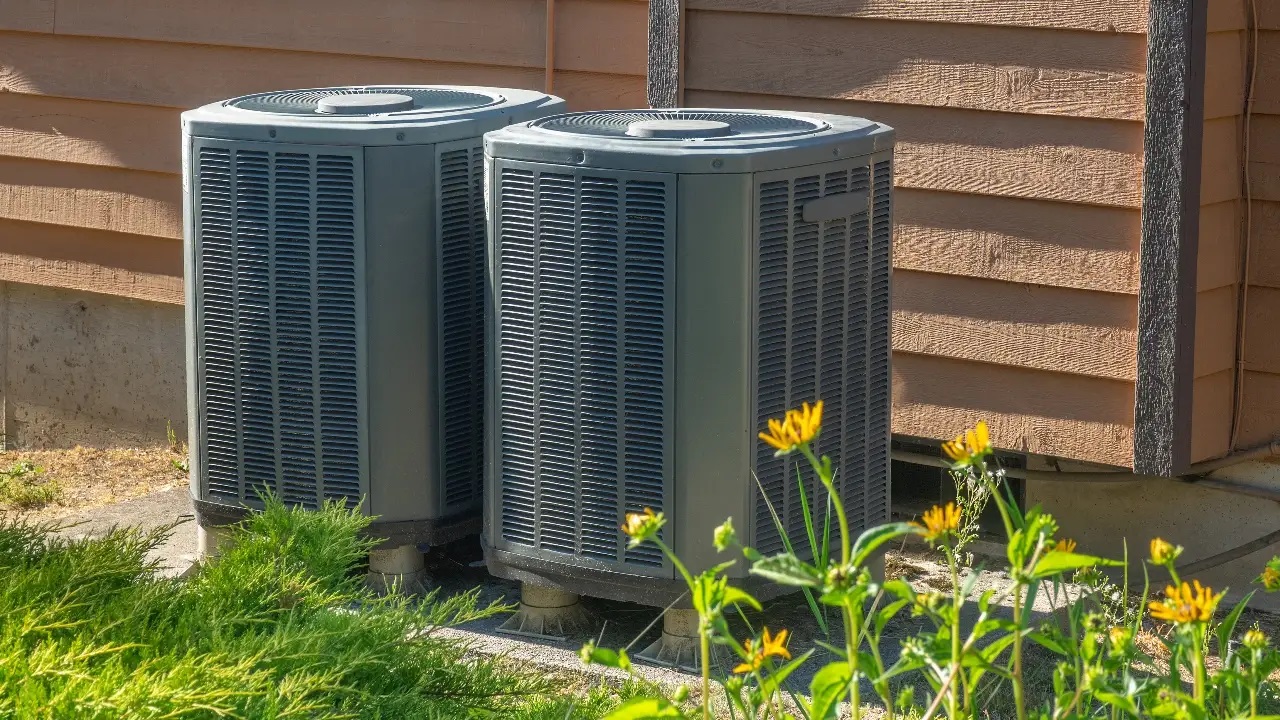

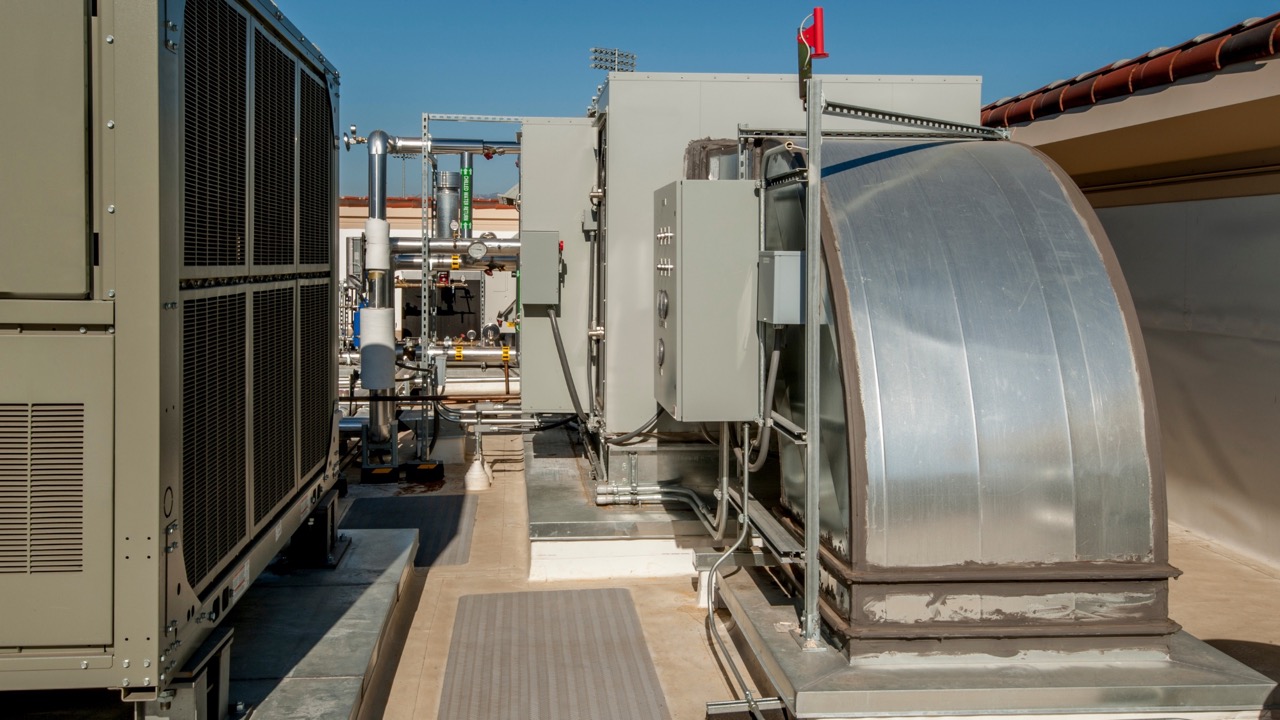
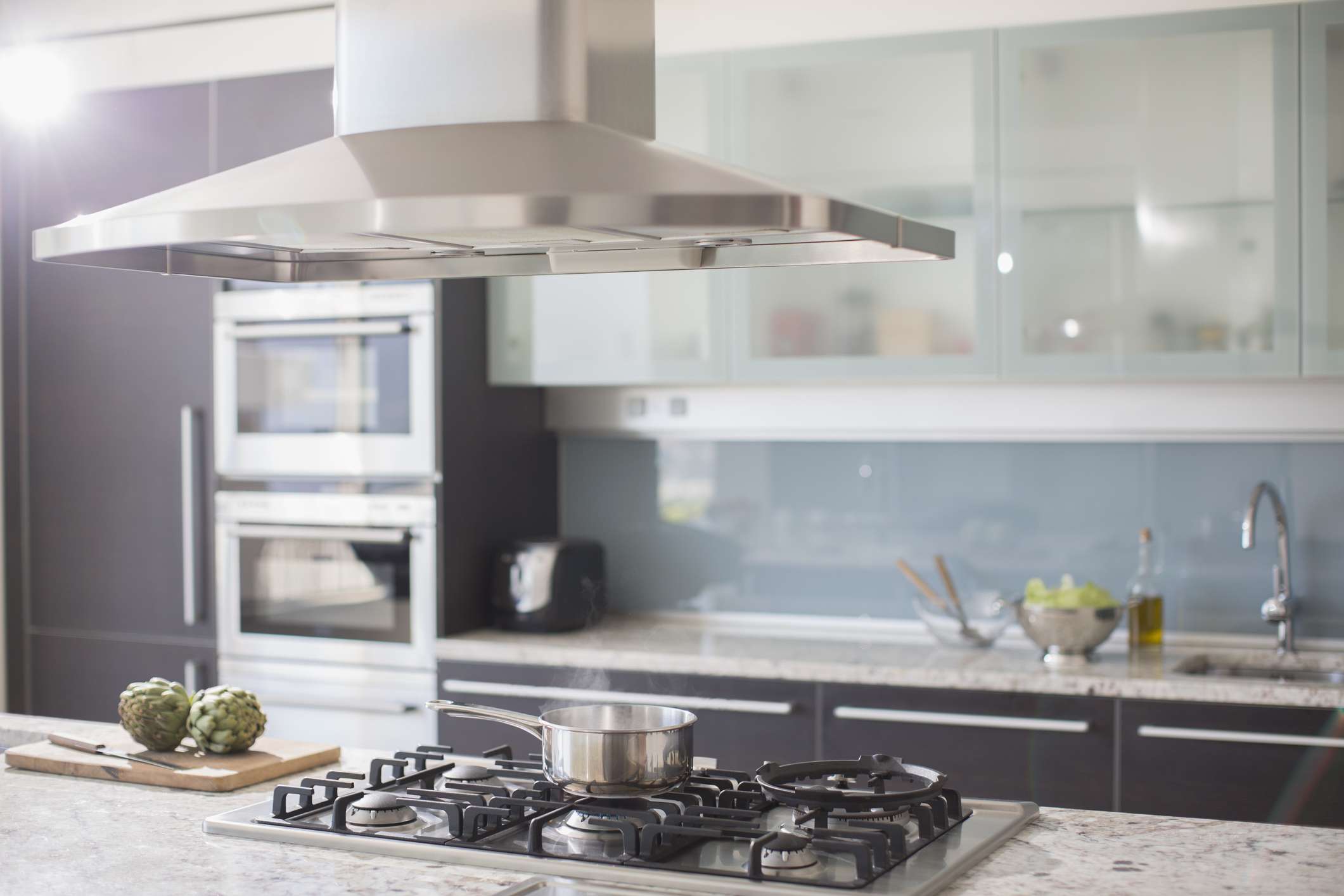
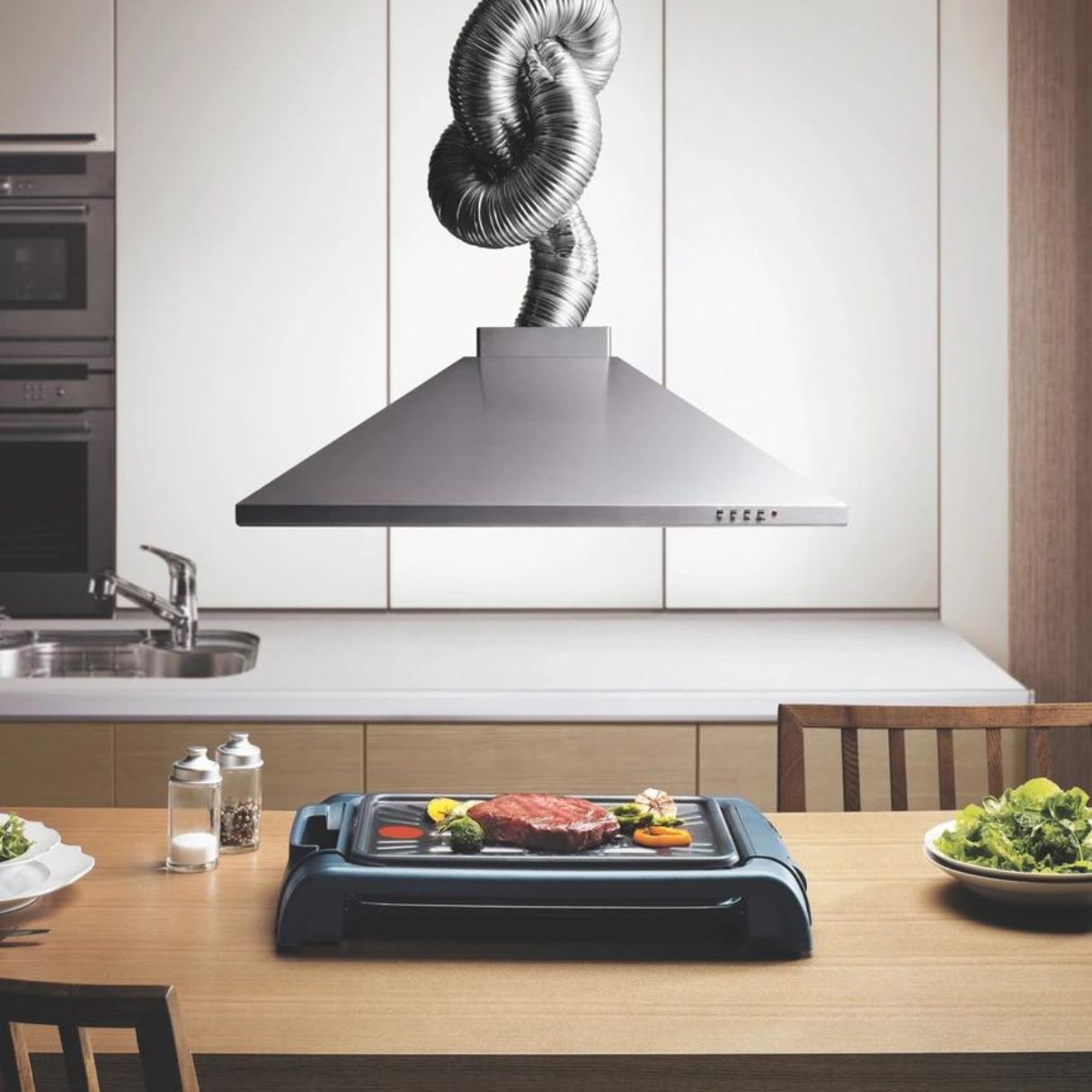
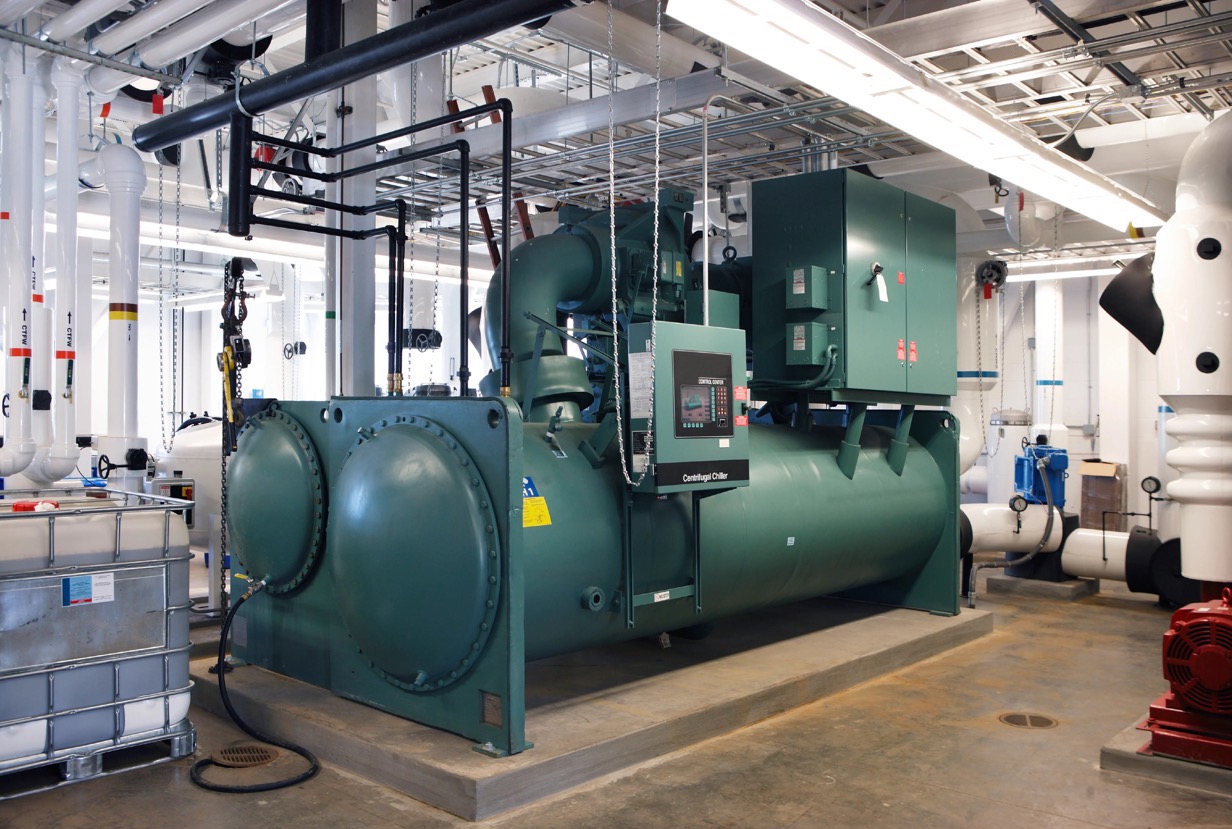
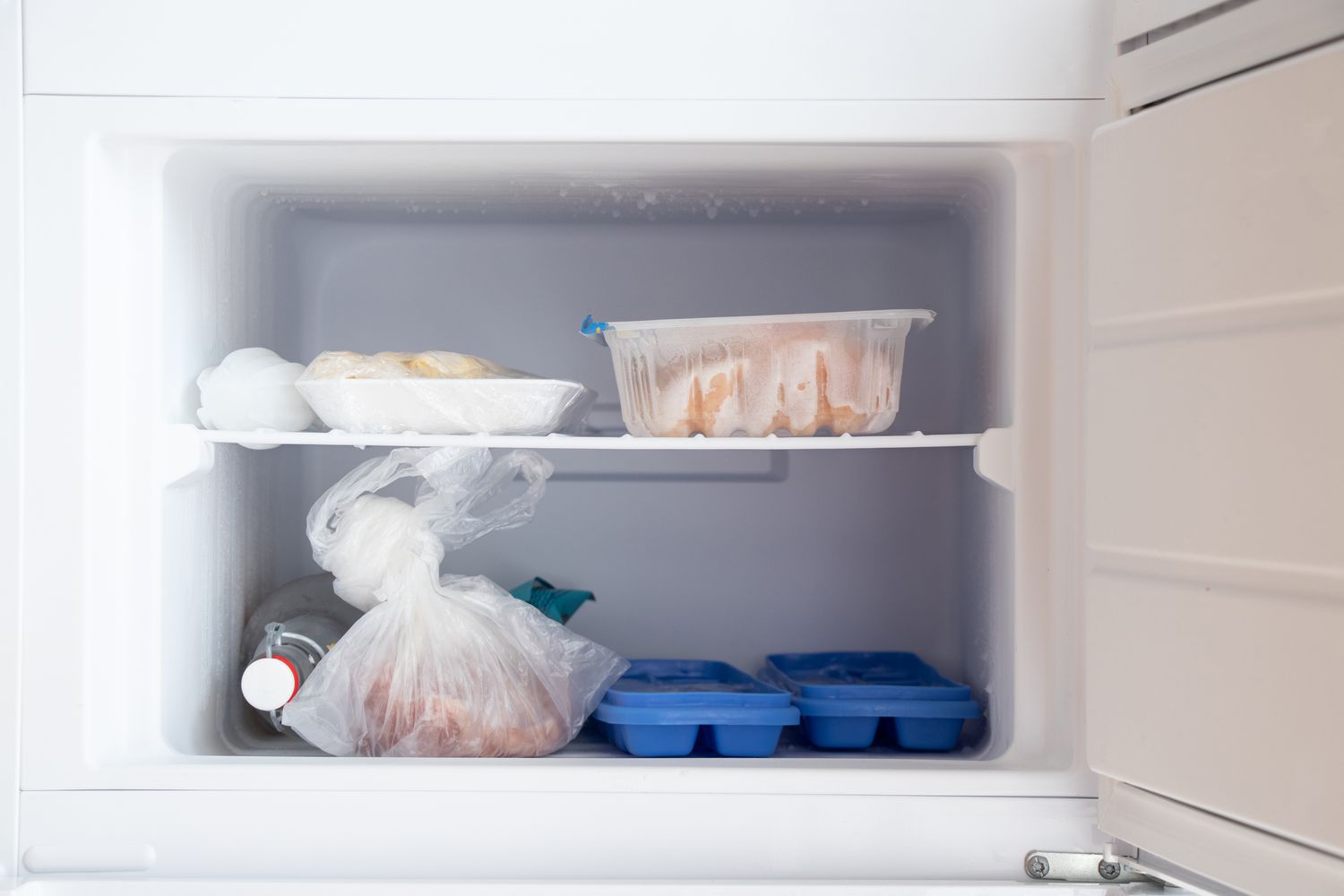

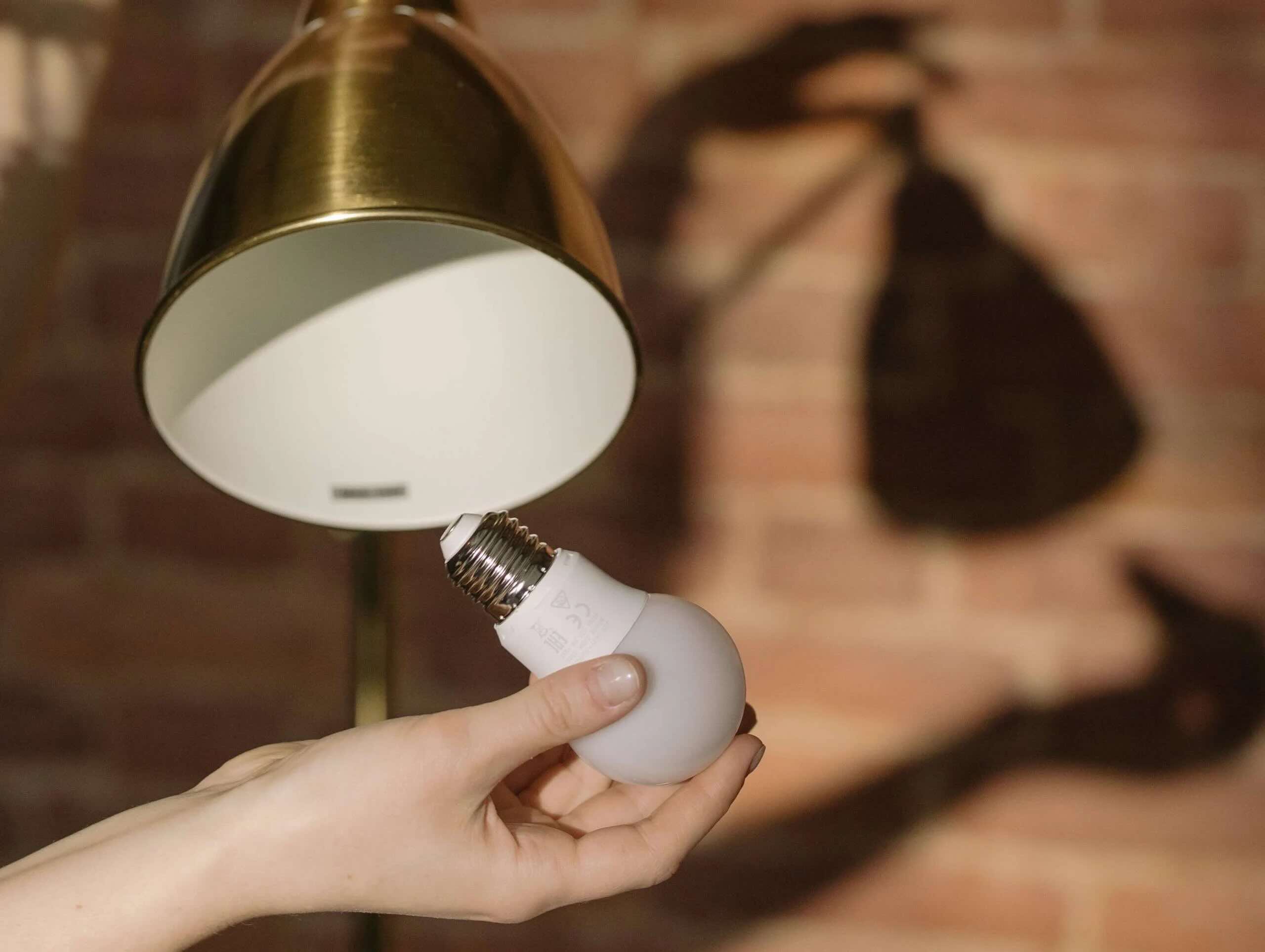

0 thoughts on “How Does A General Ventilation System Work”